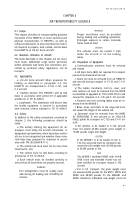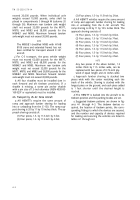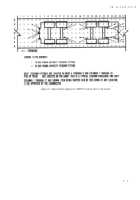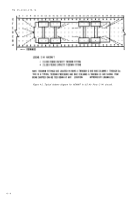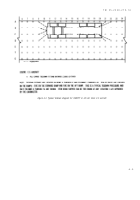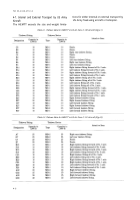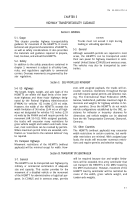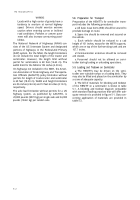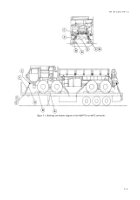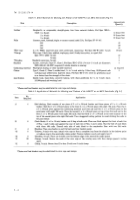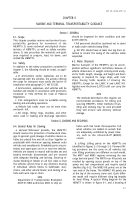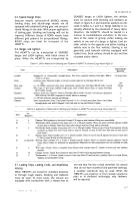TM-55-2320-279-14 - Page 25 of 46
TM 55-2320-279-14
WARNING
Loads with a high center of gravity have a
tendency to overturn at normal highway
speed. Drivers should exercise extreme
caution when entering curves or inclined
road conditions. Potholes or uneven pave-
ment will also increase overturning possi-
bilities.
The National Network of Highways (NNH) con-
sists of the US Interstate System and designated
portions of highways in the Federal-Aid Primary
(FAP) system. For the NNH, the length limitations
do not include the total length of the tractor and
semitrailer. However, the length limit without
permit for semitrailers is 48 feet (14.63 m). The
width limit for the NNH is 102 inches (2.59 m).
On highways not included in the NNH, the Ameri-
can Association of State Highway and Transporta-
tion Officials (AASHTO) policy limitation without
permits for length of truck-tractor and semitrailer
is 60 feet (18.29 m). Width and height limitations
are 96 inches (2.44 m) and 13 feet 6 inches (4.12 m),
respectively.
The axle load limitation without permits for a US
highway system,
as published by AASHTO, is
20,000 pounds (9072 kg) per single axle and 34,000
pounds (15442 kg) per tandem axle.
5-8. Preparation for Transport
Preparation of the HEMTTs for semitrailer trans-
port includes the following procedures:
a.
All basic issue items (BII) should be secured to
preclude damage en route.
b.
Spare tire should be removed and secured on
the vehicle.
c. Each vehicle should be reduced to a cab
height of 101 inches, except for the M978 supports,
which are on top of the fuel-servicing tank and are
107.7 inches.
d.
Communication antennas should be removed
and stowed.
e.
Personnel should not be allowed on semi-
trailer during loading or unloading operations.
5-9. Loading and Tiedown on Semitrailer
a.
The HEMTTs may be driven on the semi-
trailer over suitable ramps or a loading deck. They
may also be lifted and placed on the semitrailer by
a crane of adequate capacity.
b.
The bill of materials for blocking and tiedown
of the HEMTT on a semitrailer is shown in table
5-1. A blocking and tiedown diagram compatible
with standard loading practices that will offer ade-
quate restraint is provided in figure 5-1. Data con-
cerning application of materials are provided in
table 5-2.
5-2
Back to Top



